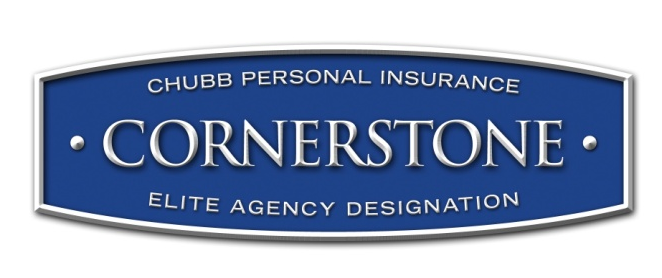Frozen Pipes: What’s The Deal?
Five Keys For Protecting Your Home
It’s winter and what comes to mind? Roaring fires, skiing, snowmobiling, ice fishing—maybe a trip to the Caribbean—and, oh yeah, the possibility of frozen pipes. Forget all this talk about global warming, frozen pipes happen all the time in our area…especially when we face quick temperature shifts.
When it comes to homeowner’s insurance, dealing with the problem of frozen pipes brings a good news, bad news situation. The good news is the almost all homeowner’s insurance policies, except the most basic policies, cover damage caused from broken pipes. The bad news? The related inconvenience you face increases significantly if you don’t understand the extent of your coverage or how to quickly and efficiently process claims.
Frozen Pipe Problems—Five Key Considerations
Know Your Coverage & Deductibles
As noted almost all homeowners’ insurance policies cover related damage. But it is wise to double check your policy provisions better understand the extent of coverage and your related deductibles. For example, your insurance company usually will pay to clean or replace ruined carpet and furniture and repair damaged walls, etc. Your insurance company may also pay for additional living expenses if you have to move out of your home. But you need to balance any claims against your deductible to make sure it is worth the risk of increased premiums in the future.
For renters, insurance is low-cost safety net in the event of property loss.
Protect Your Business Interests
Business insurance is similar to homeowners and renters’ coverage. Your insurance, if you have it, will cover your losses, but not the cost for equipment repairs.
Dealing With Snow and Ice Buildup
Am I covered for leaks and damage caused from snow and ice buildup? Not necessarily. This condition is known as an “ice dam.” To obtain coverage for this kind of leakage, which is not directly the result of damage to the roof by wind or the weight of snow, you would need an all-risks-not-excluded type of policy. It is often referred to as an HO-3 or special form policy.
Filing Claims Efficiently
Obviously, the first thing to do in the event of a problem is to take steps to any prevent further damage. This might include turning off the water supply before frozen pipes thaw and repairs are made. This will prevent or limited additional flooding and damage.
Your next move is to contact your insurance agent, like one of our reps at Muller. We will verify your coverage and guide you in preparing your claim.
You’ll be asked to present repair estimates for any structural damage as well as a list of items that need to be repaired or replaced. Depending on the amount of damage, an appraiser from your insurance company may need to see the damage. Some companies simply ask for photos of the damage, which can be handled through your smartphone. The best way to ensure a quick and full refund is to make and keep a thorough record of the damages and costs and to file a complete claim form as soon as possible.
Prevention Is Key
Hindsight is always 20-20 and no one can prevent all problems. But you can reduce your risk or at least limit potential damage through some basic prevention measures.
The chance of pipes freezing can be reduced wrapping at-risk pipes with insulated heat tape and making sure your home is adequately heated throughout the winter.
Also, if you’ll be away for an extended time during winter, drain your pipes. If you’re going to be out of the home for even a short time, shut off the water supply. That way, if pipes do burst, the only water that will be released into the house will be what’s in the pipes.
Snow and ice buildup and can be reduce by using a long-handled snow puller to move the snow from the roof just a few feet from the edge of the eaves before ice has a chance to form. By simply removing the snow along the edge of the roof, you will give melting water a chance to drain from the leaves and prevent the formation of ice dams that may damage your roof.








